
Seafood Mystery Meals (Gallery)
Oceana contributed these images to Live Science's Expert Voices: Op-Ed & Insights.
As consumers grow wary of the fish they eat, new evidence suggests shrimp are also likely to be mis-labeled. The following images highlight the problem, also featured in the exclusive Live Science Op-Ed, "Shrimp-Labeling Fails Mean Mystery Meal Origins."
Fish market
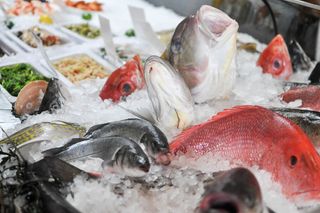
In an Oceana seafood fraud study, one-third of over 1,200 samples collected from across the United States were found to be mislabeled, including samples from restaurants and fish markets. (Credit: Oceana/Jenn Hueting)
Snapper
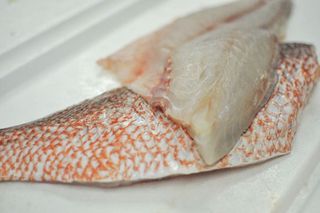
In the Oceana report, snapper was found to have the highest rates of mislabeling across the United States, with 87 percent of the snapper samples mislabeled. Many times the substitutions were made with a different species of snapper than listed, but tilapia and rockfish were also found to be labeled as snapper. A tilefish, one of the four kinds of fish the federal government advises sensitive groups to avoid due to high mercury levels, was even found to be labeled as red snapper in New York City. (Credit: Oceana/Jenn Hueting)
Sushi
Sign up for the Live Science daily newsletter now
Get the world’s most fascinating discoveries delivered straight to your inbox.
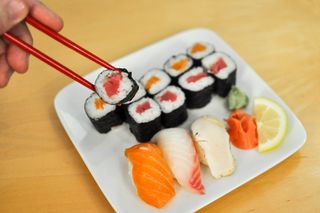
Sushi had the highest rates of mislabeling in Oceana's report, with 74 percent of the samples taken from sushi restaurants mislabeled. (Credit: Oceana/Jenn Hueting)
Tuna vs. escolar

Oceana found 59 percent of tuna samples mislabeled in their national study. One of the most troubling substitutions was tuna (left) commonly being substituted by escolar (right), a snake mackerel that can cause mild to severe gastrointestinal issues. The FDA actually advises against the sale of escolar in the United States. (Credit: Oceana/Jenn Hueting)
Bluefin tuna deception
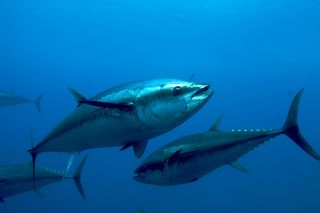
Testing found Atlantic Bluefin tuna, an endangered species on the International Union for Conservation of Nature (IUCN) Red List, being sold as just "bluefin tuna." In the report, tuna had one of the highest mislabeling rates at 59 percent. (Credit: Oceana/Keith Ellenbogen)
Not cod
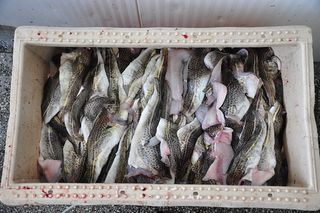
Cod has been found to be mislabeled in Europe. A recent study in Denmark, where cod is a local and popular dish, found 18 percent of cod to be mislabeled, with haddock and saithe commonly being labeled as cod. (Credit: Oceana/LX)
Uncovering the truth
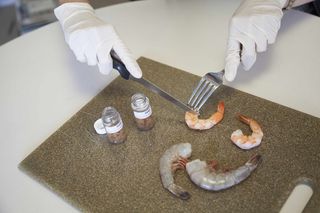
A recent Oceana report that focused shrimp, found the shrimp samples tested were misrepresented 30 percent of the time. The report took samples from the Gulf of Mexico region, Washington, D.C., Portland, Oregon, and New York City. Farmed whiteleg shrimp, a species that mostly comes from aquaculture farms in Southeast Asia, was the most commonly swapped in species, and was found to be mislabeled as "wild-caught" shrimp. (Credit: Oceana)
Shrimp or no?
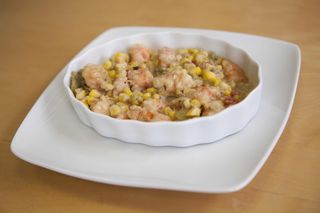
Once prepared and served, it becomes even more difficult for a consumer to identify the type of seafood or species they are getting. Consumers have to rely on the information that is given to them, which is often lacking in country-of-origin or wild/farmed information. Oceana's shrimp report found that 96 percent of more than 5,000 shrimp dishes surveyed on restaurant menus failed to list the type or species of shrimp that was in the dish. (Credit: Oceana)
Follow all of the Expert Voices issues and debates — and become part of the discussion — on Facebook, Twitter and Google+. The views expressed are those of the author and do not necessarily reflect the views of the publisher. This version of the article was originally published on Live Science.












